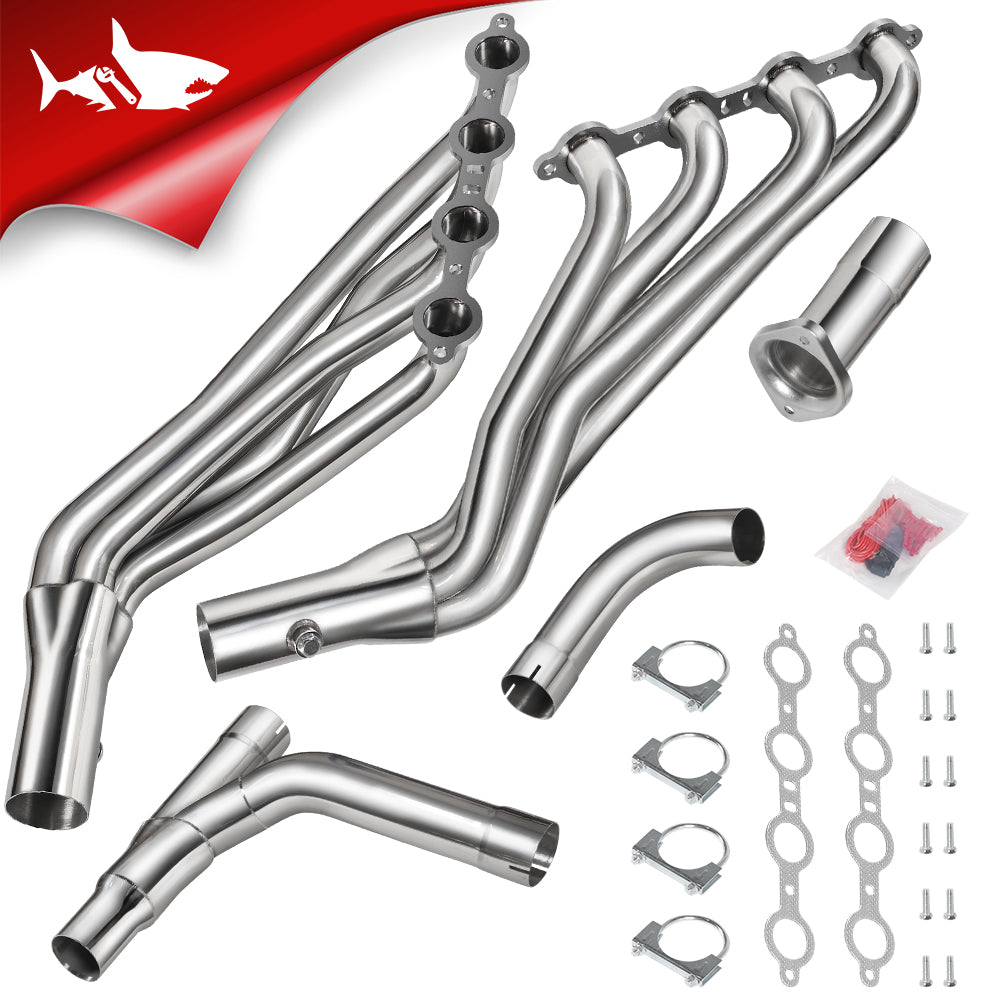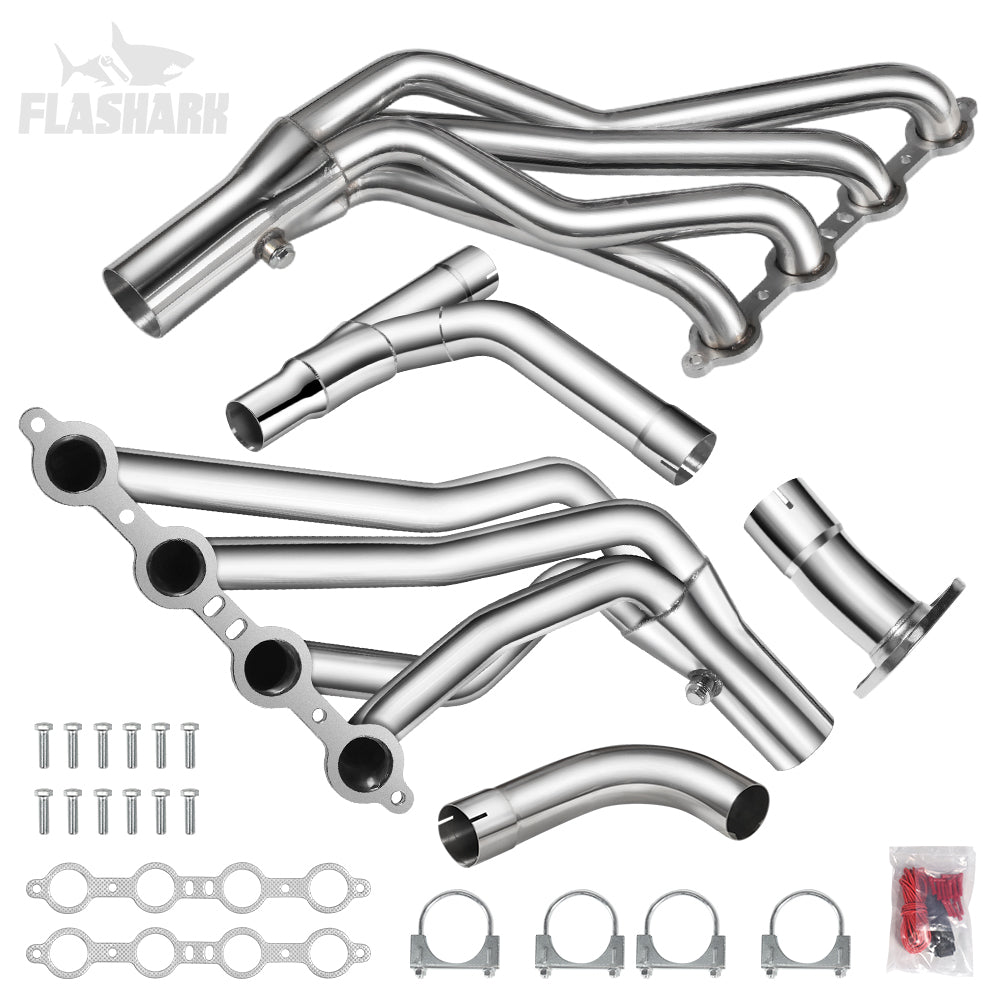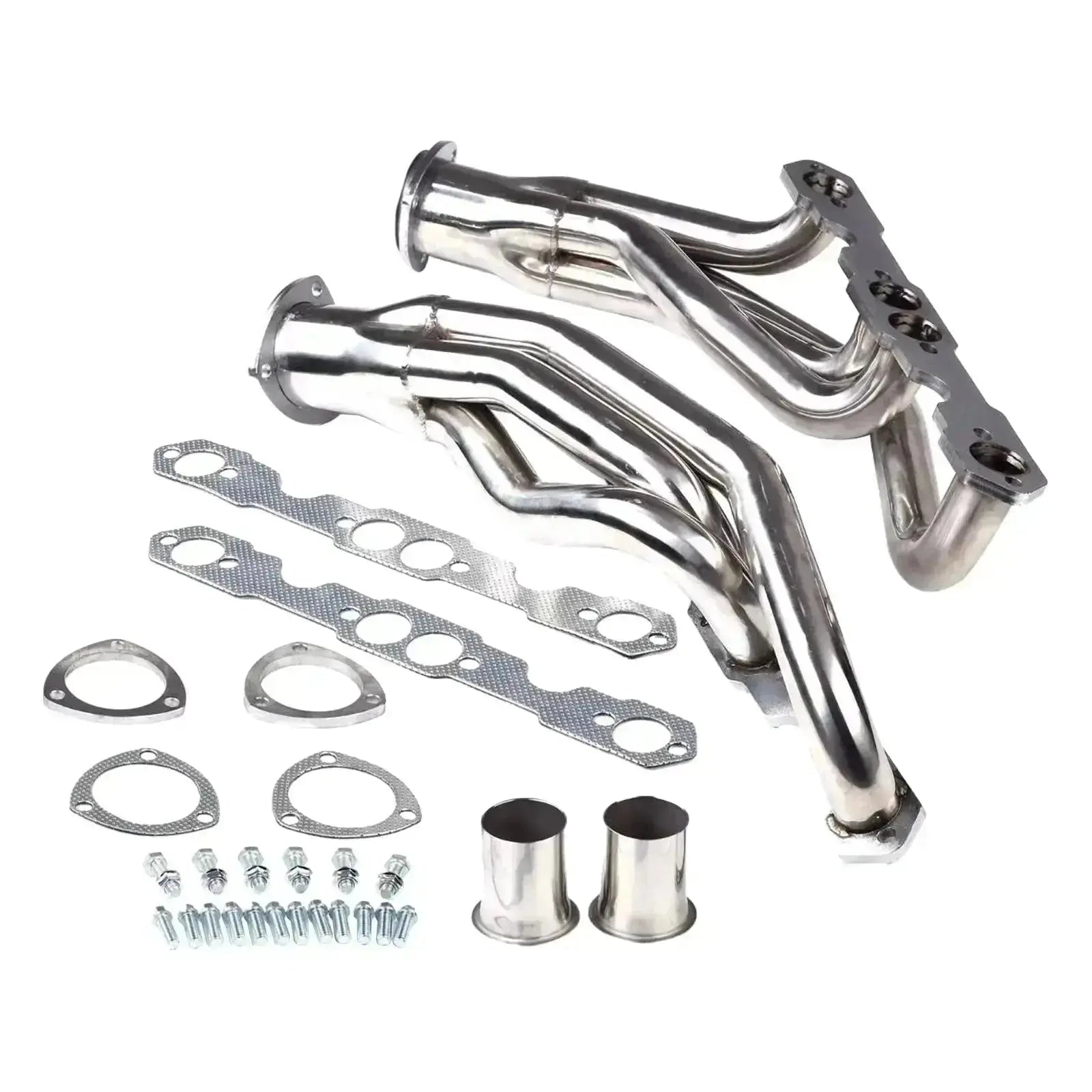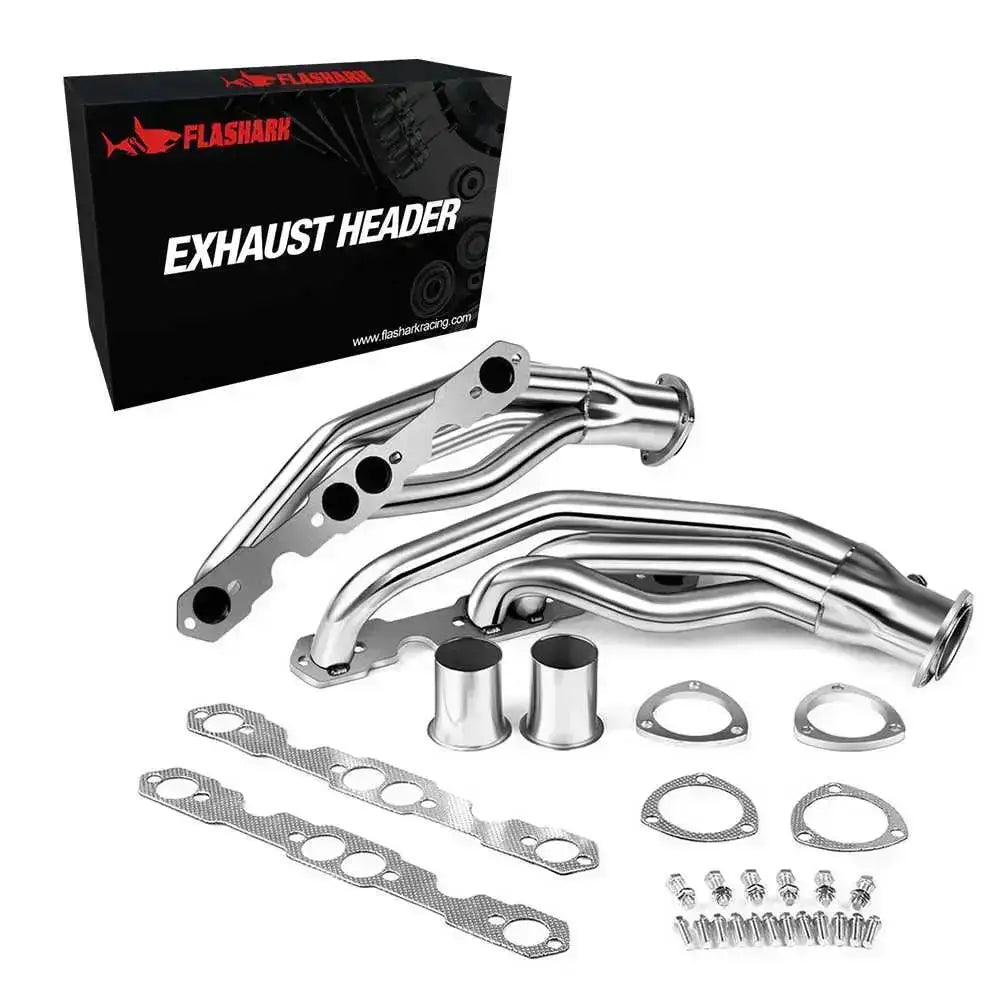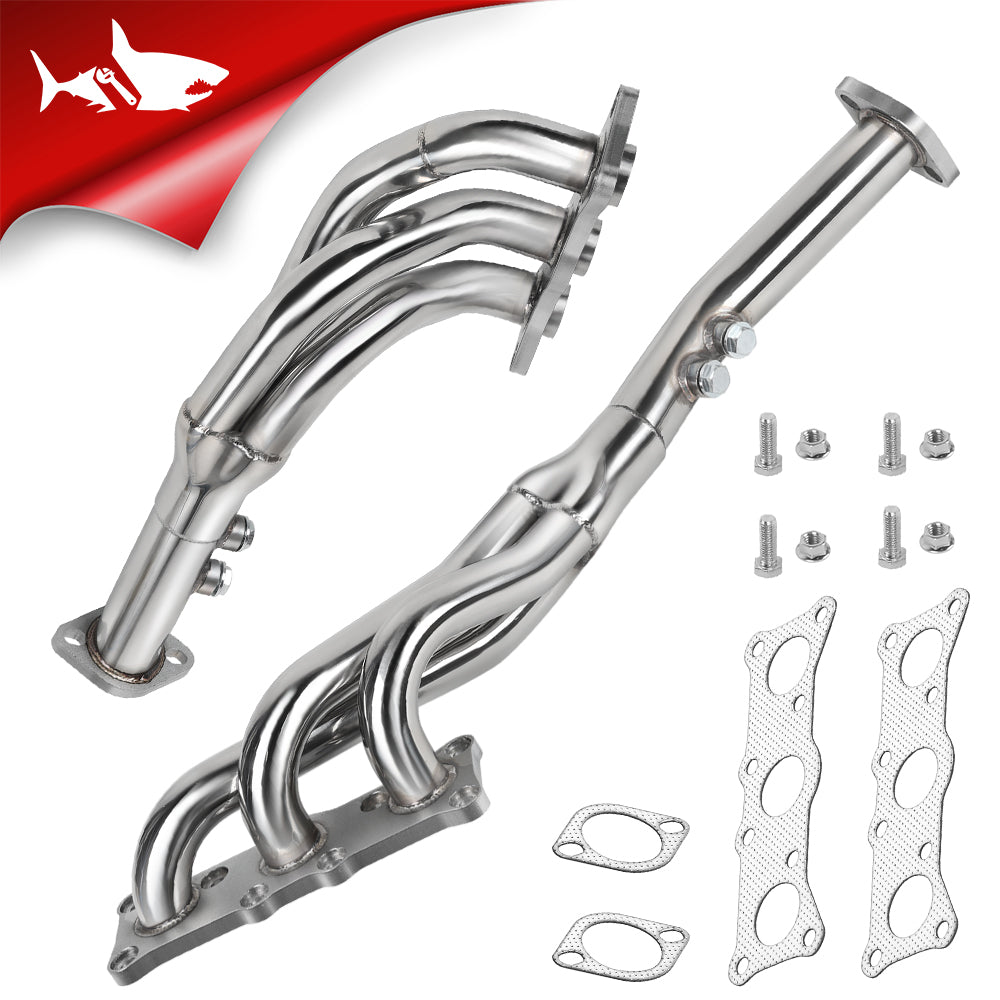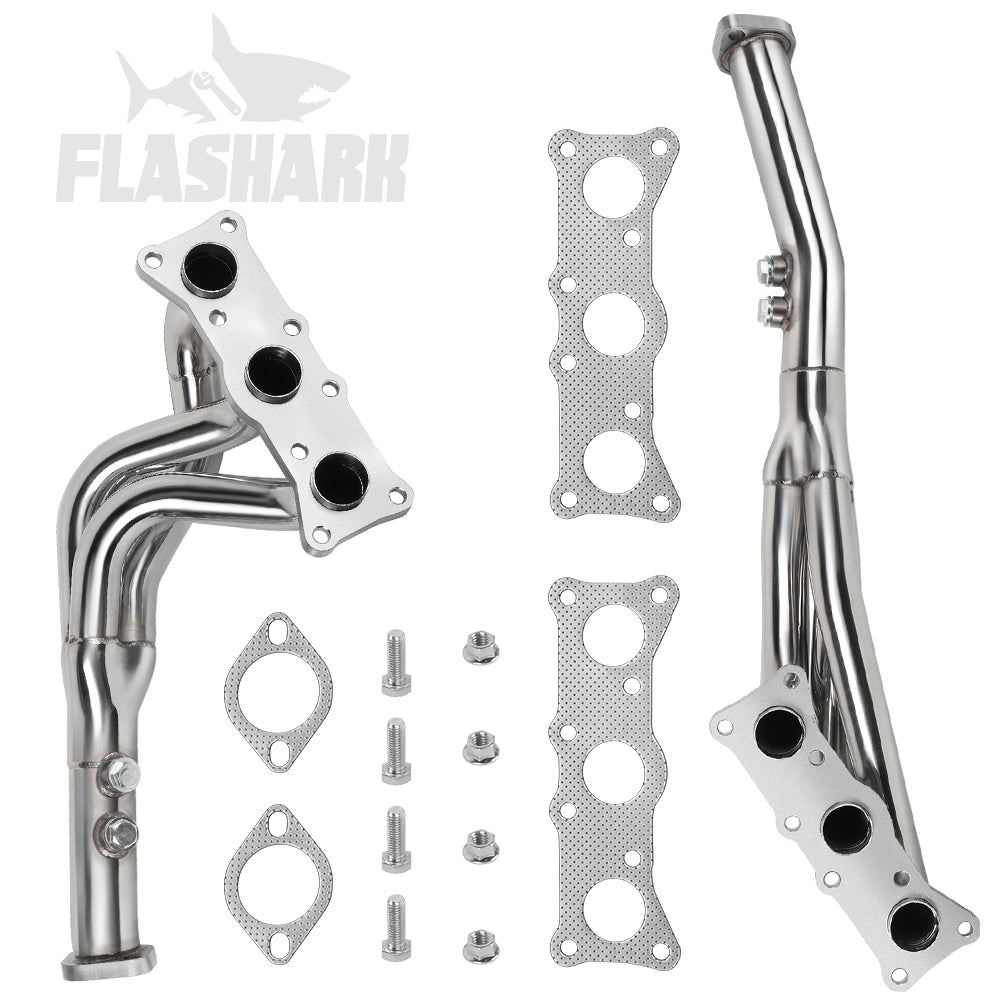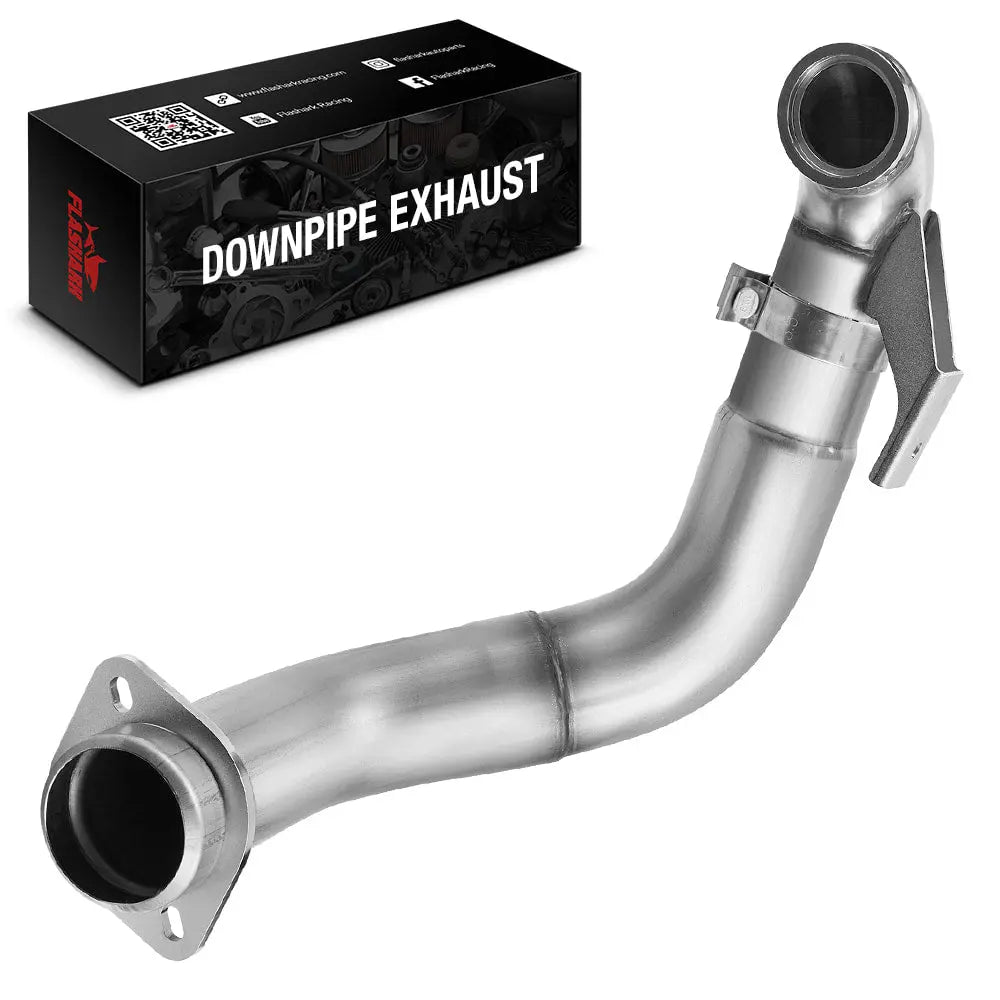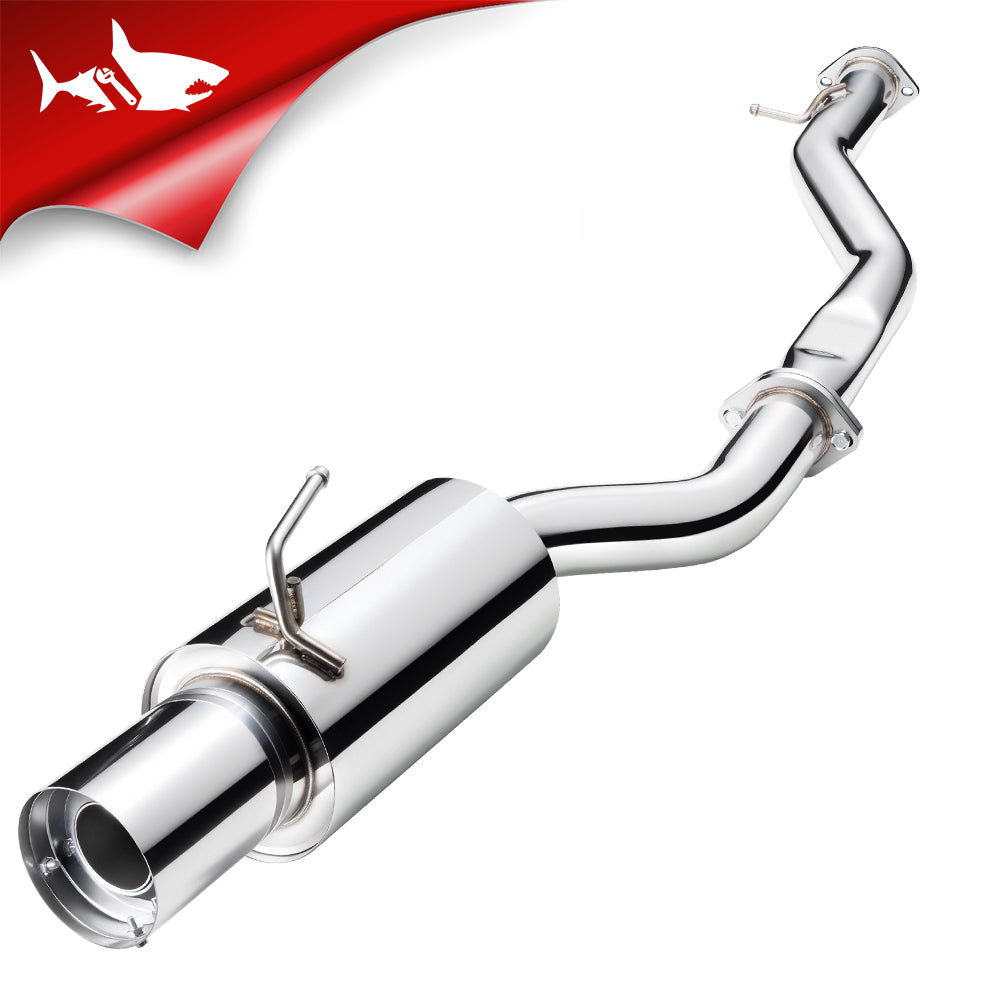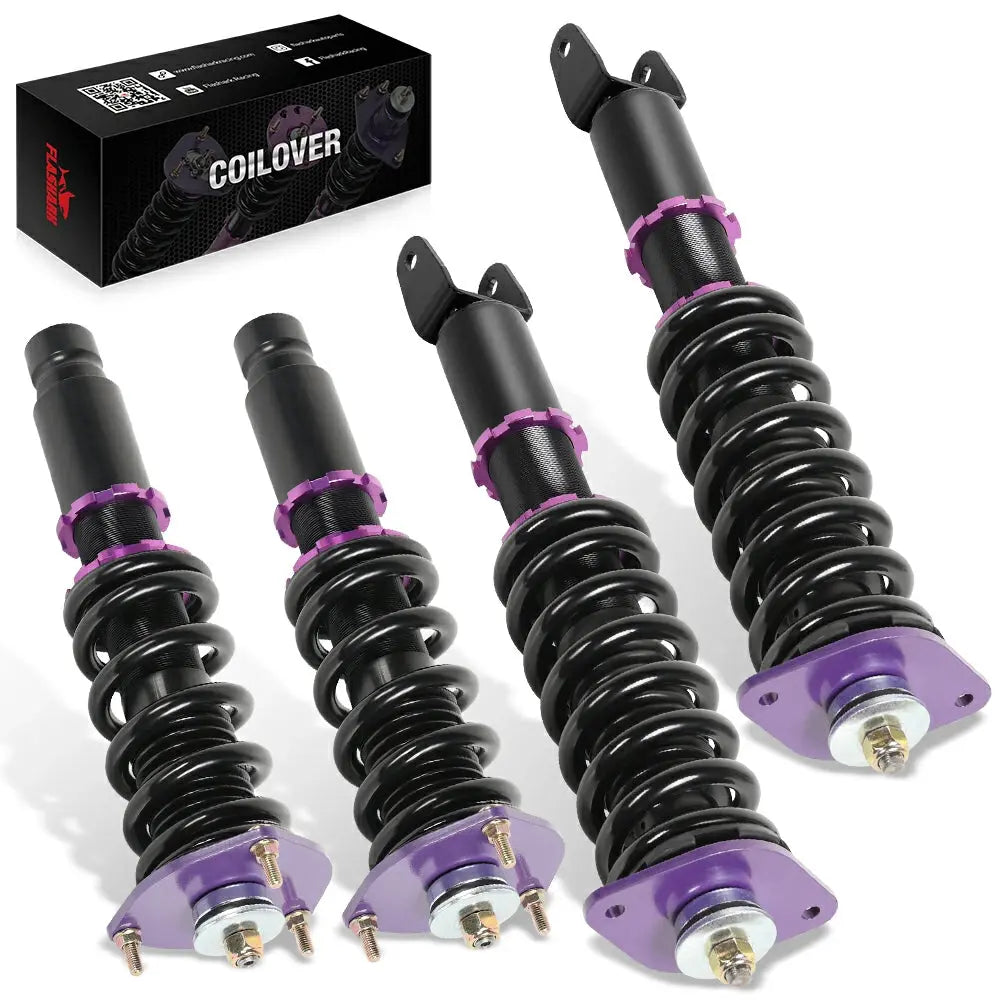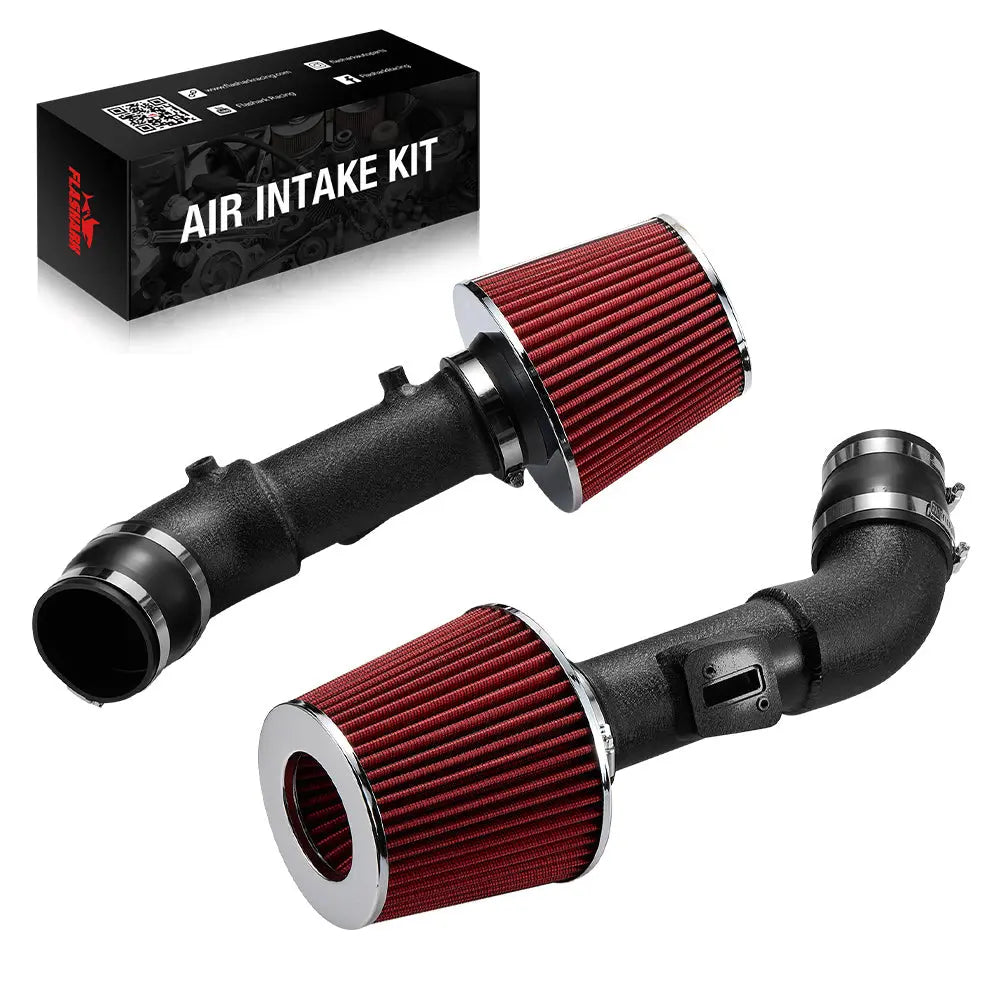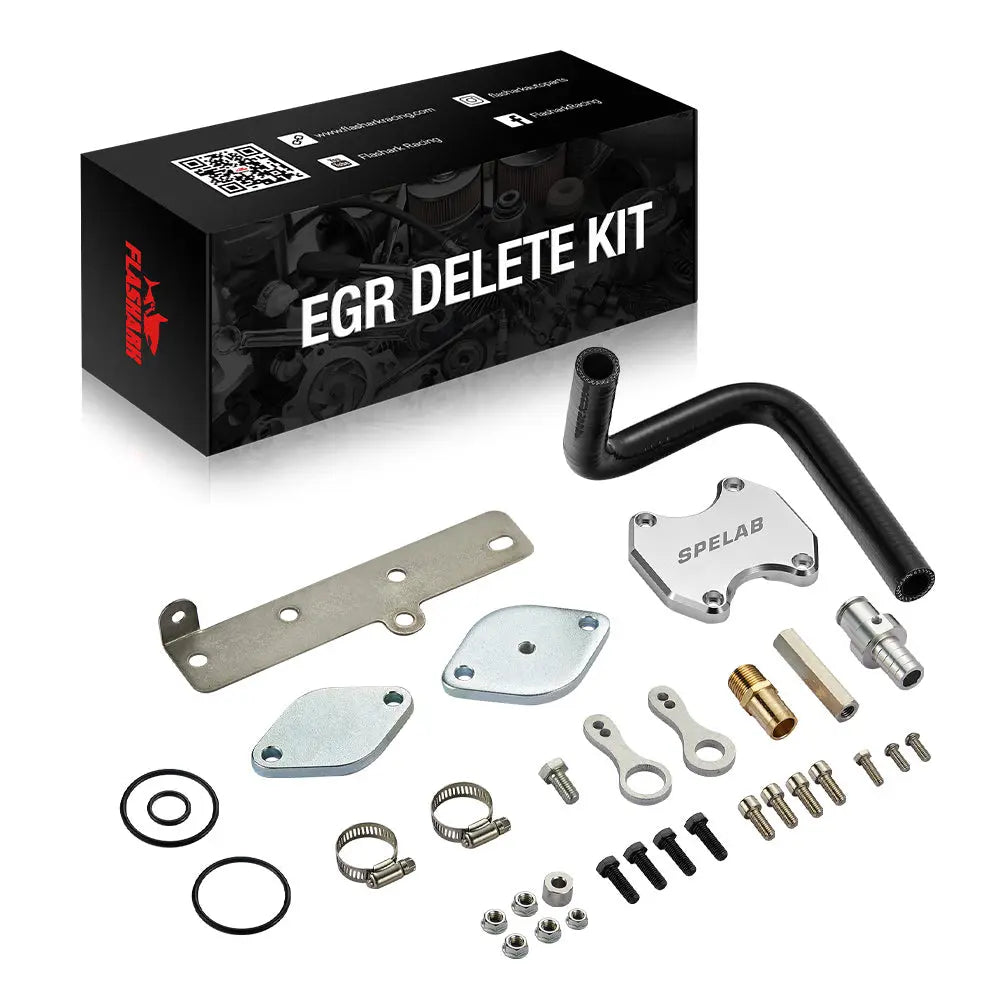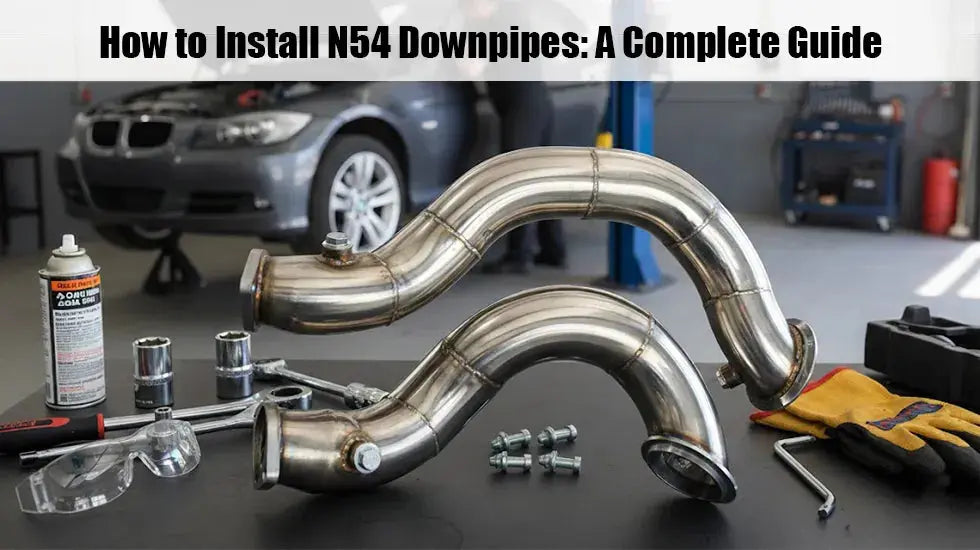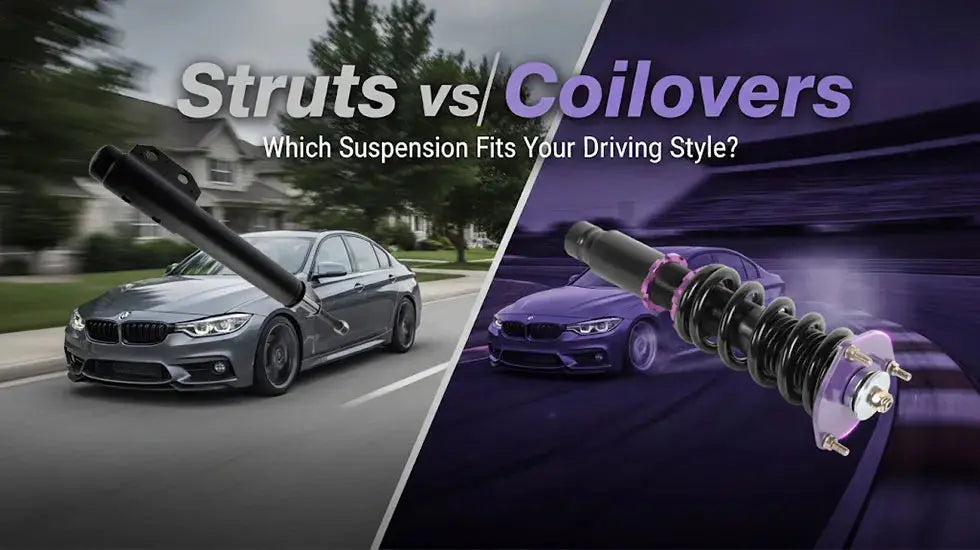Ajustar los coilovers es una de las maneras más populares de optimizar la suspensión de tu auto. Ya sea que busques mejorar la altura de la suspensión, la maniobrabilidad o el rendimiento general de tu vehículo, es crucial comprender cómo ajustarlos correctamente. En esta guía, te guiaremos a través de las herramientas, técnicas y consideraciones necesarias para asegurarte de obtener los mejores resultados.
Comprensión de los coilovers y su función en la suspensión del vehículo
Los coilovers son un componente clave en los sistemas de suspensión del mercado de accesorios. Combinan un amortiguador y un resorte en una sola unidad, lo que permite ajustar la altura del vehículo. Al ajustar la altura de la suspensión, se puede mejorar el manejo, la apariencia y el rendimiento del vehículo.
La función principal de los coilovers es ofrecer un mejor control de la suspensión en comparación con los amortiguadores tradicionales. Ayudan a bajar el centro de gravedad, mejoran la estabilidad en curvas y ofrecen una experiencia de conducción personalizable. Con un ajuste correcto, los coilovers mejoran la comodidad y la dinámica del vehículo en carretera o circuito.

Herramientas necesarias para ajustar los coilovers
Antes de realizar cualquier ajuste a sus amortiguadores, asegúrese de contar con las herramientas adecuadas. Usar el equipo adecuado es crucial para la seguridad y la precisión.
1. Llave de ajuste del coilover : esta herramienta le permite girar el anillo de ajuste fácilmente para subir o bajar el coilover.
2. Llave dinamométrica : garantiza que todos los pernos y tuercas de seguridad estén apretados según las especificaciones adecuadas para evitar que alguna pieza se afloje.
3. Gato y soportes de gato : son necesarios para levantar su vehículo de forma segura antes de comenzar cualquier trabajo de suspensión.
4. Cinta métrica o medidor de altura de manejo : se utiliza para medir la altura con precisión para garantizar la simetría entre las cuatro esquinas del vehículo.
Tener estas herramientas a mano garantiza que pueda realizar el proceso de ajuste de forma segura y eficaz.
Guía paso a paso para ajustar la altura de suspensión de los amortiguadores tipo coilover
Ajustar la altura de los amortiguadores coilover puede parecer complicado, pero con la estrategia correcta, es un proceso sencillo. Sigue estos sencillos pasos para conseguir la altura perfecta para tu vehículo.
Levantar el vehículo
Comience levantando el vehículo de forma segura con un gato. Coloque soportes de gato debajo del coche para mayor seguridad. Esto le dará la distancia necesaria para trabajar en los amortiguadores.
Afloje el anillo de bloqueo
El anillo de seguridad mantiene la suspensión coilover en su lugar. Afloje este anillo antes de ajustar la altura para evitar dañar los componentes.
Ajuste de la altura del coilover
Con la llave de ajuste de coilovers, gire el anillo de ajuste. Al girarlo en sentido horario, la altura de la suspensión se reduce y, al girarlo en sentido antihorario, la aumenta. Ajuste cada esquina del vehículo por igual para mantener una postura equilibrada.
Apriete el anillo de bloqueo
Una vez alcanzada la altura deseada, apriete firmemente el anillo de bloqueo para garantizar que el ajuste quede bloqueado en su lugar.
Vuelva a comprobar la altura
Mida la altura en las cuatro esquinas para asegurar un ajuste uniforme. Si una esquina está más baja o más alta que las demás, realice pequeños ajustes según sea necesario.
Equilibrio entre la altura de manejo y el recorrido de la suspensión
Al ajustar la altura de la suspensión, es importante considerar el recorrido de la suspensión. Bajar demasiado el vehículo puede limitar la capacidad de la suspensión para absorber los baches, lo que podría afectar negativamente la maniobrabilidad y la comodidad.

La configuración ideal de coilovers busca un equilibrio entre la altura de la suspensión y el recorrido de la misma. Asegúrese de que haya suficiente espacio para que el amortiguador se mueva libremente sin tocar fondo. Muchos kits de coilovers permiten ajustar con precisión la altura y la precarga, lo que optimiza aún más el rendimiento de la suspensión.
Al ajustar la altura del vehículo manteniendo el recorrido adecuado de la suspensión, mejora tanto el manejo del vehículo como la calidad del viaje, evitando cualquier degradación del rendimiento o posibles daños al sistema de suspensión.
Cómo evitar errores comunes durante el ajuste de los amortiguadores coilover
El ajuste de los amortiguadores requiere precisión y varios errores comunes se pueden evitar con un poco de atención adicional.
Descenso excesivo
Bajar demasiado el coche puede hacer que la suspensión toque fondo, lo que resulta en una mala conducción y posibles daños a los componentes. Asegúrese de que el coche no esté demasiado bajo para el recorrido de la suspensión y la holgura de las ruedas.
Descuidar la alineación
Después de ajustar los amortiguadores, revise y alinee siempre las ruedas. Los ajustes de altura afectan la geometría de la suspensión, lo que puede provocar desalineación y un desgaste desigual de los neumáticos si no se corrige.
No utilizar las herramientas adecuadas
Intentar ajustar los coilovers sin las herramientas adecuadas puede provocar ajustes imprecisos o incluso dañar las piezas de la suspensión. Utilice siempre una llave de ajuste para coilovers y asegúrese de que todos los anillos de seguridad estén bien apretados.
Al evitar estos errores comunes, garantizará que su sistema de suspensión funcione de la mejor manera sin poner en riesgo la seguridad ni el rendimiento del vehículo.
Cómo probar y ajustar después del ajuste
Tras ajustar los amortiguadores, es fundamental realizar pruebas en carretera para garantizar que los cambios tengan el efecto deseado en la maniobrabilidad y la comodidad del vehículo. Pruebe su coche en diferentes superficies para evaluar la calidad de conducción.
Preste atención a cómo responde el coche a los baches, las curvas y las superficies irregulares. Si el coche se siente demasiado rígido o rebotante, podría necesitar ajustar la precarga o la amortiguación. Ajustar estos ajustes después del ajuste inicial de altura puede mejorar aún más el rendimiento y la comodidad.
Conclusión: Ajuste adecuado de los amortiguadores para un rendimiento óptimo
Ajustar los amortiguadores coilover es una excelente manera de mejorar el manejo y la apariencia de su vehículo. Siguiendo estos pasos y asegurándose de contar con las herramientas y los conocimientos adecuados, podrá lograr la altura de suspensión perfecta, manteniendo el recorrido y el rendimiento de la suspensión.
Un ajuste correcto no solo mejora el manejo del vehículo, sino que también garantiza la durabilidad a largo plazo de los componentes de la suspensión. Tómese siempre su tiempo durante el proceso de ajuste y pruebe el vehículo a fondo después para asegurarse de que la configuración sea la correcta.


